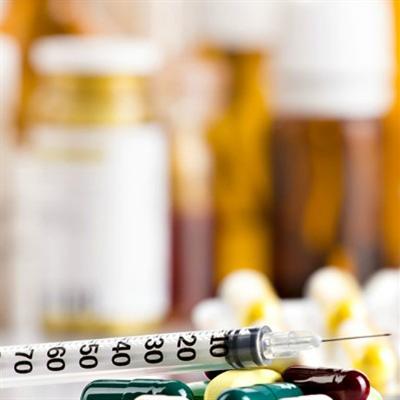Where is female appendix?
summary
Appendicitis is one of the most common abdominal diseases. If the appendicitis is treated in time, the disease will be controlled quickly. However, if there is no timely treatment, the complications will be very serious, such as gangrene or perforation of the appendix. People with appendicitis will have acute lower abdominal pain, accompanied by nausea and vomiting, The most thorough way to treat appendicitis is surgery, but due to the physiological position, appendicitis is very close to the position of women's ovary, so it is easy to misdiagnose if you don't pay attention. Let's share my experience with you.
Where is female appendix?
Appendicitis operation place and Department of gynaecology operation place have what difference, how should distinguish? If you want to distinguish appendicitis surgery and gynecological surgery, you can distinguish it by the location of the lesion. The incision of appendicitis should be in the right umbilical part and the right anterior superior iliac spine, one third of the location.

The nearest organ to the appendix is the female ovary. If the female ovary needs surgery, B-ultrasound should be done to determine the location of the ovary before ovarian surgery. Through the real situation of B-ultrasound to locate, the accuracy is higher, and there will be no misdiagnosis.

Appendicitis in the process of surgery, if you find that the appendiceal tissue is normal without inflammation, do not close the abdomen easily, you should timely check the tissues and organs around the appendix, such as ileocecal, one meter of the end of ileum, small intestinal mesentery and its lymph nodes, women should check whether the pelvic cavity and ovary are normal.

matters needing attention
Within 6 hours after appendectomy, take a semi reclining position to help drainage and prevent inflammatory exudates from being confined to the pelvic cavity. In terms of diet, you need to pay attention to light and easy to digest food. Generally, you can take slight exercise after half a month. Postoperative persistent high fever, suspected of infection, should be treated immediately.












